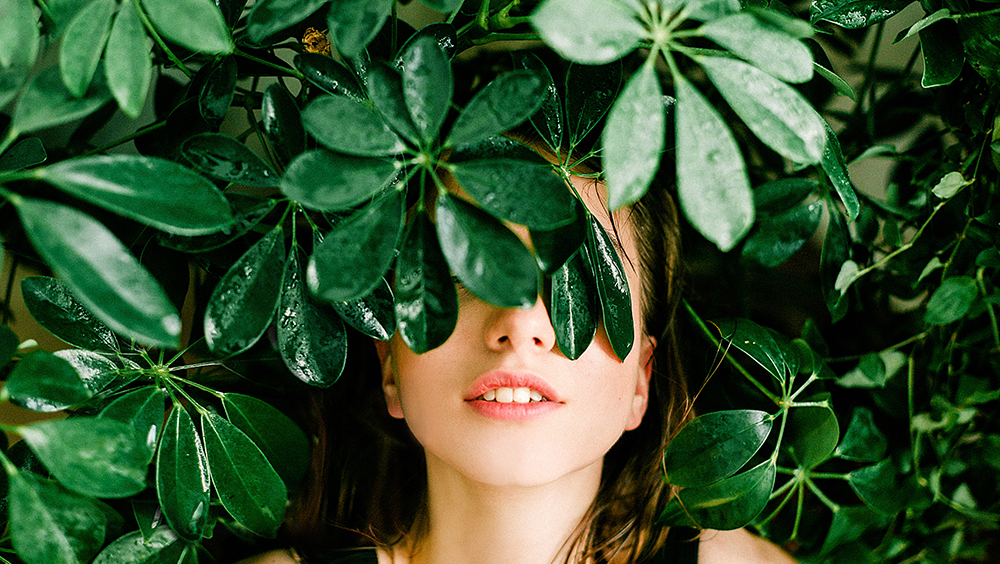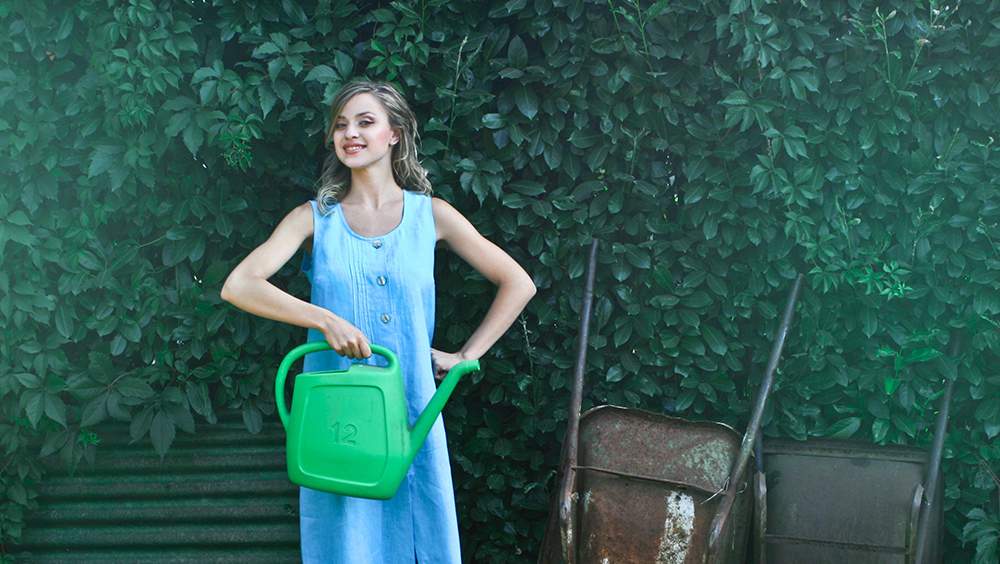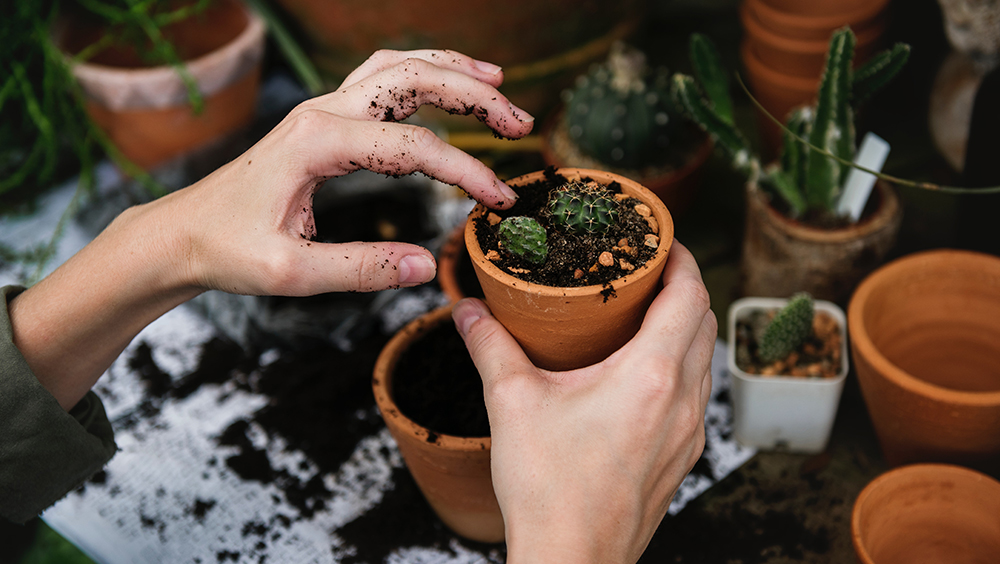
Around the world, we’re seeing a growing movement for ‘social and therapeutic horticulture’. But is there a difference between feeling good in a green space, and actively pursuing gardening and food cultivation as a therapeutic activity? And if so, how do we promote healing and community inclusion through the activity of growing plants and see them as more than just sources of food and clean air?
This was the topic of discussion at a recent session of Farm Chats, hosted by Pocket City Farms, where a panel of horticulturalists, researchers and community workers shared both their experience and expertise on this growing social movement.
So, what is ‘social and therapeutic horticulture’ all about?
Social gardening and therapeutic horticulture is a way of providing regular interaction with nature that both stimulates the mind as much as it relaxes it. These gardens benefit those with special needs, while harnessing the power to connect communities and promoting social cohesion, tackling adversity through the joy of gardening.
From helping people return to their old lives after an accident or health issue, to staying physically and mentally active in aged care settings, to supporting mental disabilities or the homeless – it’s clear gardening is much more than a way to simply pass the time. It can give people a sense of purpose and pride, helping to improve their lives.
How do you quantify the ‘harvest high’?
The panel agreed that a smile on a face is hard to quantify. Similarly, consistent attendance – the fact that people keep coming back – was an overlooked measure of success for any therapeutic horticulture program. The stories of change in those who spend time in the garden should be the most meaningful metric, but unfortunately, when it comes to attracting more funding to keep these valuable programs going, science beats stories every time.

How do you measure the sense of purpose – the feeling of being a part of something – when planting a tree or pushing a wheelbarrow?
Ultimately, we need to gather as much science as possible to support therapeutic horticulture. The widely used Personal Wellbeing Index and Sense of Community Index have been found to be useful in assessing these hard-to-measure metrics.
However, preventative health programs like therapeutic horticulture are not currently widely recognised within our healthcare system. If we can get better at quantifying the kind of long-term cost savings to be had as a result of this type of treatment, we’ll have a much more convincing argument for funding.
Imagine a day when a doctor may write you a referral for therapeutic gardening?
Shifting this type of therapy from alternative to mainstream is a challenge, but as plant-y people, we’re 100% supportive of a world where people can come together and spend more time in the garden.

Who was on the panel?
Toni Salter, Past President of Cultivate NSW, the Horticultural Therapy Society of NSW // @the_veggie_lady
Toni runs her organic veggie gardening business The Veggie Lady with over 15 years of experience building, teaching and writing about edible gardens. In addition to the business, Toni’s time is spent running horticultural therapy programs, developing sensory gardens through a number of organisations including AFFORD (Australian Foundation For Disability) and Diversional & Recreational Therapy Australia.
Phil Pettit Community Greening Coordinator at the Royal Botanic Gardens // @pettitt_phil
Phil is part-educator, part-horticultural advisor, but principally a community development worker and problem solver. He has over 20 years’ experience in the horticulture sector and has provided high-level horticultural services to the Botanic Gardens Trust, the Office of the Governor and Historic Houses Trust. For the last 6 years, Phil has been the coordinator of the Community Greening program, working in partnership with many NGOs, local and state government services to inspire and educate social housing residents in community gardening.
Darius Rountree-Harrison, neuroscientist and President of Street Growth // @streetgrowth
Street Growth is a not for profit focusing on mental health issues, aiming to improve the lives of individuals experiencing homelessness and disadvantage through gardening in a communal setting. Plants or produce grown in the garden sold by the social enterprise sees 50% go to the seller, and 50% back to the program.
Rob Greatholder, Farm Manager, Warrah Biodynamic Farm // @warrahfarmshop
Rob has a passion for empowering people to reach their potential through practical, hands-on farming and gardening experiences as Farm Manager at Warrah Biodynamic Farm. He facilitates a range of horticultural therapy programs that inspire active participation, inclusion and tangible outcomes with year-round produce and seedlings sold through the onsite farm shop and to a number of weekly cooperatives. Warrah Farm is a Rudolf Steiner organisation providing a range of engaging, responsive services for children and adults with intellectual disability that maximise each person’s capacity for self-determination, creativity and contribution.
Julie Pryor (MC), Nursing Research and Development Leader, Royal Rehab
Julie led the introduction of productive gardening as part of inpatient rehabilitation at Royal Rehab which led to a shift from a ‘learn to participate’ to a ‘participate to learn’ approach to clinical service delivery. Many Royal Rehab clients have acknowledged this experience as having a positive and meaningful impact.
Looking for more information on therapeutic horticulture? Check out these resources:
